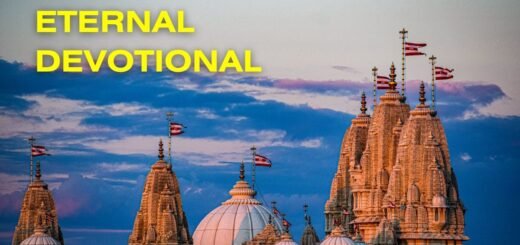2023 Gudi Padwa Date in Marathi Festival Puja Timings
See below for the 2023 Gudi Padwa Date in Marathi Festival Puja Timings, Gudi Padwa Festival Celebrations, and 2023 Gudi Padwa Date Pooja Timings Panchang details here.
Gudi Padwa is a Marathi event that marks the beginning of the Hindu New Year or “Samvatsara” in Sanskrit. According to the Panchang, the bright fortnight of Shukla Paksha (Nav Samvatsar) in the Chaitra month begins on the Pratipada.To recognize the start of the new year as measured by the Hindu lunisolar calendar. The holiday is celebrated with rangoli, or multicolored floor decorations, Gudhi flag street processions, dancing, and celebratory fare.
Click here to contact Purohit for Online Pooja and Programs
Click here for Sholingur Sri Yoga Narasimha Temple Doli Charges Ticket Booking
2023 Gudi Padwa Date in Marathi Festival Puja Timings
- On the first day of a fortnight, also referred to as “Padva,” when Pratipada is dominant at daybreak, the Samvatsara begins.
- If Pratipada is in effect on the sunrises of two days, the first day is taken into consideration for the celebration.
- When Pratipada begins and ends on a specific day, Nav Varsh will be observed on that day if Pratipada is not present at sunrise on any other day.
- Adhik Maas (an additional month added every 32 months, 16 days, and 8 Ghatis) shall be subject to the following regulations:
- If Chaitra Adhik Maas (the additional month) is in effect, Nav Samvatsara will only start on that Pratipada.
- This is due to the fact that Adhik Maas is exclusive to its first month. Adhika Chaitra is therefore regarded as a component of the New Year in addition to the original Chaitra month.
When Should Gudi Padwa Rituals Be Performed:
However, Adhik Chaitra Shukla Pratipada is the only place where the Nava Varsha Naamgrahan (naming ritual of the New Year) can be performed during Sankalp. This Samvatsara is known by the name Nala 2080. This Samvat’s name is Shobhakruth.
What are the Things We Do at Gudhipadwa Festivals:
- Gudi is raised in the morning after completing everyday tasks like cleaning, taking a bath, etc.
- Houses are cleaned, and in rural areas, fresh cow dung is used to plaster homes.
- It is specified in the Shastras that Taila Abhyanga must be done during the Arunodaya Kaal on this day.
- Gudi must be worshipped shortly after dawn. There must be no delay.
- Beautiful Rangoli designs are also made with bright colors and houses are decorated with fresh flowers.
- People dress up in brand-new, exquisite attire. Often, Marathi men wear Kurta Pajama with a turban, which is typically saffron or red, while women dress in Kastha or Nauvari (9-yard saree tucked at the back).
- Families assemble to wish one other a happy new year.
- On this day, one must also hear the horoscope for the New Year.
- After eating the sweetened neem leaves as prasad, the celebration traditionally starts. Neem leaves, jaggery, tamarind, etc. are typically used to make a paste. This paste is thought to cleanse the blood and boost defenses. This paste’s flavor represents the three flavors of life: sweet, sour, and bitter.
- Shrikhand, Puran Poli, Kheer (a sweet porridge-type dish typically made by Marathis with sweet potato, coconut milk, jaggery, rice flour, etc.), and Sanna are prepared as delicacies.
- The people perform Lezim later in the evening.


